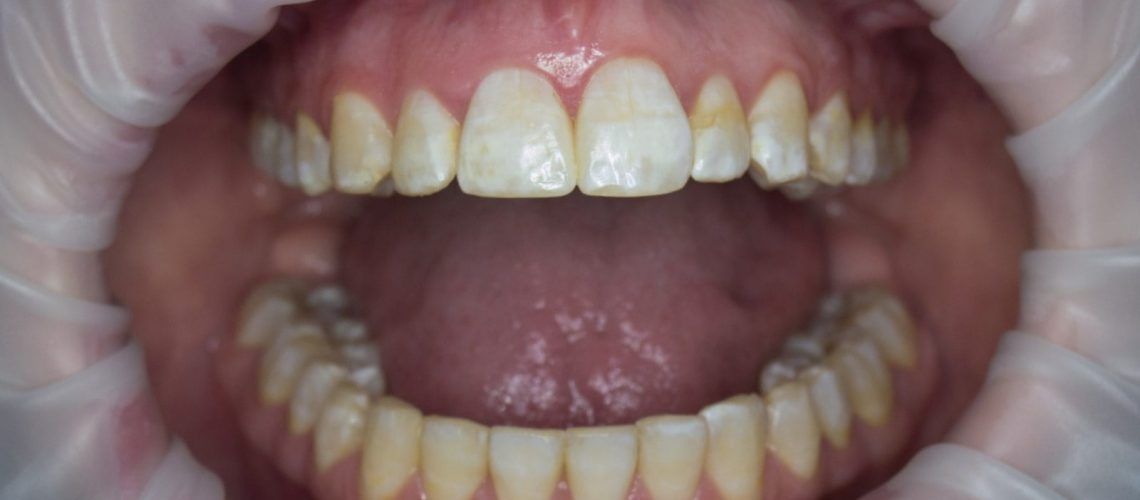When we begin understanding how to properly care for our teeth, we are told that fluoride is an essential part of dental health. Fluoride is introduced in abundance and is found in our toothpaste, delivered in treatments at the dentist, and provided in tablet form. We are frequently reminded that getting fluoride is necessary, but what happens when you get too much? While this is a fairly rare occurrence, those that receive too much fluoride can also experience lasting consequences for their oral health.
How You Can Get Too Much Fluoride, And What Can Happen
One thing to get out of the way, fluoride is absolutely essential to the health of our teeth. While being alert to the possible risks of receiving too much fluoride is a good idea, don’t let that make you avoid this critical part of your oral health. Children are the most likely to benefit most from receiving fluoride treatments, but our need for it extends into adulthood. That being said, it’s important to be aware that over fluoridation is a risk and to understand how it can happen. Common fluoride sources are:
- Public water in most cities
- Natural freshwater sources can have fluoride in them
- Mouthrinse, toothpaste, and other dental care products
- Fluoride supplements
- Diet
None of these are, individually, a problem that can lead to you receiving too much fluoride. Most of us encounter all of these sources at some point in our lives without experiencing a case of over fluoridation. Overuse of fluoride supplements can be one cause, but in general, over fluoridation is the result of multiple of these instances occurring simultaneously. While receiving too much fluoride is not life-threatening, it can result in the following consequences:
- Teeth that are streaked with white, starting at the gumline
- Pitted enamel and dark spots on the teeth
While dark spots are a common consequence of tooth decay, they can also result from over fluoridation. Brown spot fluorosis is the name for the condition that results in brown spots on the teeth and is caused by over fluoridation. These conditions are far more common when too much fluoride is received when our teeth are developing early in life. Speaking to your dentist is the most reliable way of knowing whether you’re receiving sufficient or even too much fluoride. As every area of your life can have an impact, be sure that you include these experts in determining your fluoride intake.
Treating Brown Spot Fluorosis With The Aid Of Your Dentist
There are multiple treatment methods available for brown spot fluorosis, with the most simple being a professional teeth whitening treatment. In many cases, the condition can be deeply set and are likely to require approaches that are more intensive than this. Veneers are one common choice, as they completely cover the brown spots and can address multiple minor cosmetic concerns at once. To get started, you want to arrange to meet with your dentist and take part in a consultation about treating your brown spot fluorosis and creating that beautiful white smile you’ve always wanted.



